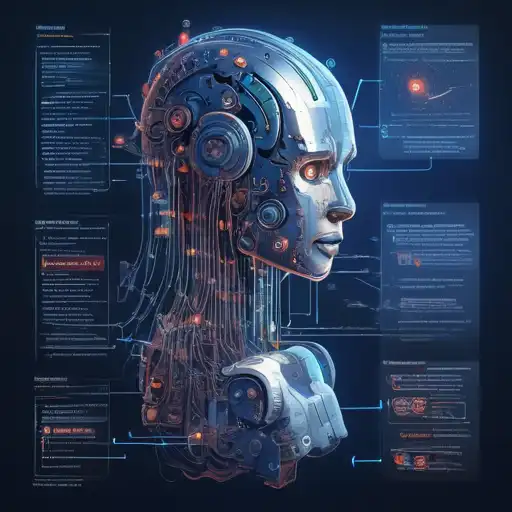Introduction to Machine Learning Algorithms
Machine learning algorithms are the backbone of artificial intelligence, enabling computers to learn from data and make decisions with minimal human intervention. For beginners, understanding these algorithms can seem daunting, but with the right approach, it's entirely achievable. This guide aims to demystify machine learning algorithms, providing a solid foundation for those new to the field.
What Are Machine Learning Algorithms?
At their core, machine learning algorithms are mathematical models that allow computers to learn patterns from data. These algorithms can be broadly categorized into three types: supervised learning, unsupervised learning, and reinforcement learning. Each type serves different purposes and is suited to specific kinds of tasks.
Supervised Learning Algorithms
Supervised learning algorithms are trained using labeled data, meaning the input comes with the correct output. These algorithms learn to predict the output from the input data. Common examples include:
- Linear Regression
- Logistic Regression
- Support Vector Machines (SVM)
- Decision Trees
These algorithms are widely used in applications like spam detection and image recognition.
Unsupervised Learning Algorithms
Unsupervised learning algorithms, on the other hand, work with unlabeled data. They try to find hidden patterns or intrinsic structures in the input data. Examples include:
- K-Means Clustering
- Principal Component Analysis (PCA)
- Association Rules
These algorithms are useful in market basket analysis and customer segmentation.
Reinforcement Learning Algorithms
Reinforcement learning algorithms learn by interacting with an environment, using feedback from their own actions and experiences. Notable examples include:
- Q-Learning
- Deep Q Network (DQN)
These algorithms power advancements in robotics and game playing AI.
Choosing the Right Algorithm
Selecting the appropriate machine learning algorithm depends on the problem at hand, the nature of the data, and the desired outcome. Beginners should start with simpler algorithms like linear regression or k-means clustering before moving on to more complex models.
Practical Tips for Beginners
Here are some tips to get started with machine learning algorithms:
- Understand the basics of programming and statistics.
- Start with small, manageable datasets.
- Experiment with different algorithms to see how they perform.
- Take advantage of online resources and communities for support.
Machine learning is a rapidly evolving field, and staying updated with the latest trends and technologies is crucial for success.
Conclusion
Machine learning algorithms offer a powerful tool for solving complex problems across various industries. By starting with the basics and gradually building your knowledge, you can unlock the potential of these algorithms to create innovative solutions. Remember, the journey to mastering machine learning is a marathon, not a sprint.
